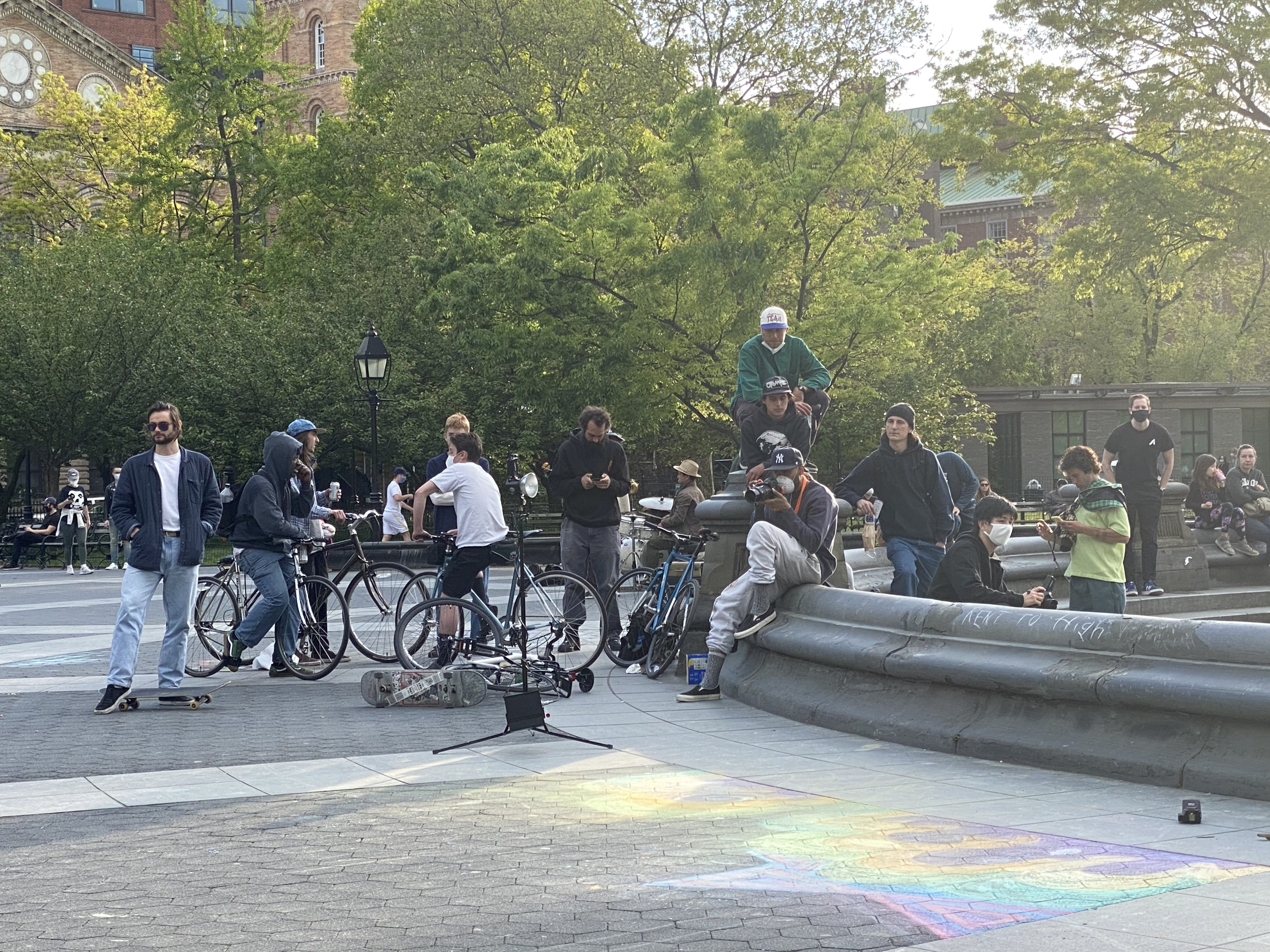
I finished teaching this week; I may reflect more on remote instruction over the summer as I start preparing for the fall semester, but for now I need some distance and time to recover from a semester that had already shaped up as one of the most difficult I’ve had even before the global health crisis took hold. And for the time being, I’m not doing any planning for the fall because we don’t really know what it’s going to look like. But I am really worried.
We have gotten a few emails from the administration with contradicting messages about plans for fall instruction, ranging from proceeding as normal to being able to opt out of teaching in the fall and teaching regular courses next summer instead. It makes sense that there aren’t concrete plans yet because there is so little that is known about COVID-19 still and it’s so unclear what will happen in terms of disease spread as states and cities lift lockdown orders.
I’m in the age group that’s seeing this charming consequence of the disease. I’m really scared of getting sick once campus becomes more densely populated in the fall.
The most recent email was for faculty teaching in the core curriculum, suggesting that one option might be to split lectures (typically 80-120 students) in half, with half the students attending each lecture in person and half by video to leave enough room in lecture halls for appropriate social distancing; the groups would alternate so that every student could attend lecture in person once a week.
That seems plausible on paper but it doesn’t seem to take into account any of the out-of-classroom factors. The weather has been beautiful for most of this week. It was eighty degrees and sunny over the weekend and I stayed indoors the whole time because there were too many people outside to be able to keep a distance. Even today, when the temperature was much lower, there were loads of people gathering in Washington Square Park, effectively the heart of campus, riding bikes and skateboards, running, and doing other activities and without masks or sufficient space between them. I worry that mitigation strategies like keeping classrooms half full won’t be sufficient when thousands of students return — even if a smaller than usual number return — and are going to parties, lining to get up into buildings, walking down the narrow streets of campus and the Village, and hanging out in the park.
This is worry from a place of lacking information. But I’m not sure that the information exists to be able to make the right decisions, not yet anyway. But what I do hope is that the people who are charged with making those decisions take a walk through the campus and the neighborhood on a nice day this spring or summer and think about where all the additional bodies are going to go.
